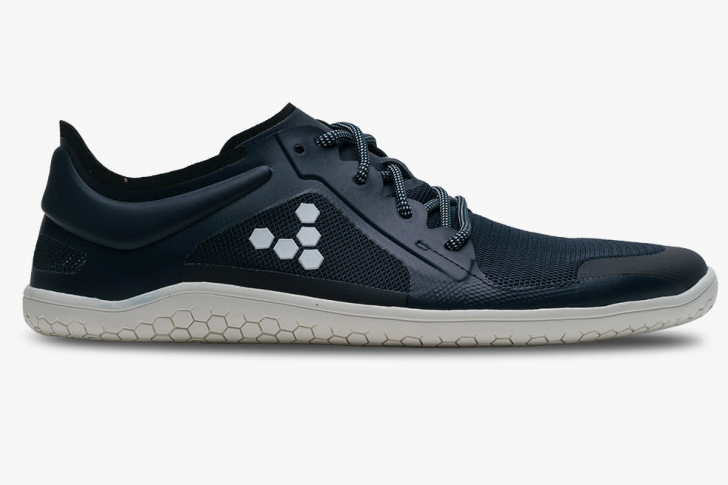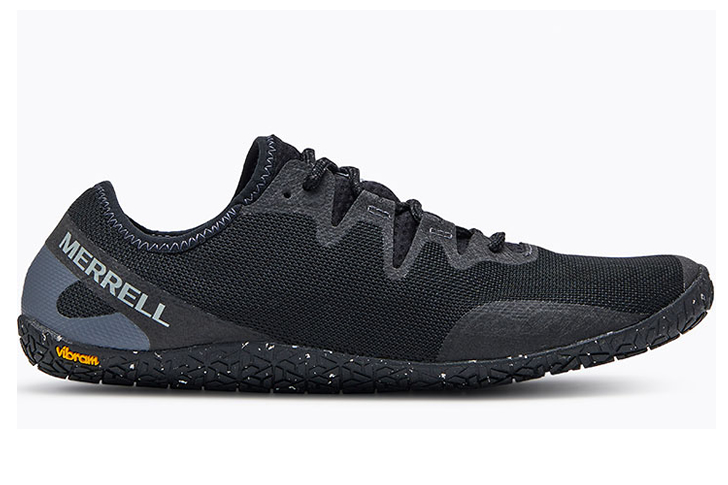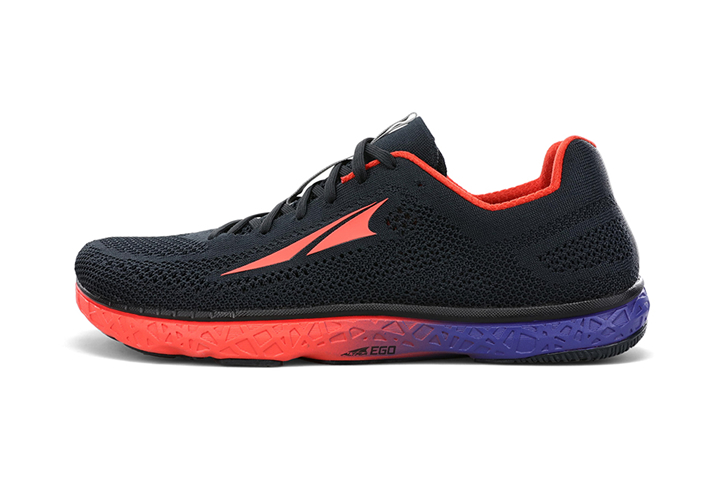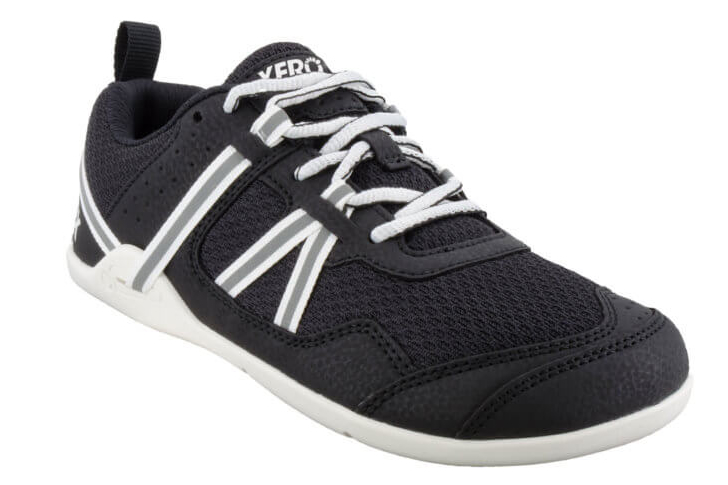Top Barefoot Shoes for Natural Movement
Barefoot shoes offer numerous benefits by mimicking the natural shape and function of your feet, providing a unique and healthy footwear option.

Introduction
Barefoot shoes are designed to mimic the natural feel of walking barefoot, promoting a healthier and more natural movement. This article explores the benefits, features, and considerations of barefoot shoes.
Why Choose Barefoot Shoes?
Barefoot shoes offer several advantages over traditional footwear:
- Natural Foot Movement: Allows feet to move and flex naturally.
- Improved Balance: Enhances proprioception and balance.
- Strengthens Muscles: Strengthens foot and leg muscles.
- Minimalist Design: Lightweight and flexible.
- Reduced Injury Risk: Lowers the risk of common foot injuries.
Key Features of Barefoot Shoes
- Wide Toe Box: Provides ample space for toe splay.
- Zero Drop Sole: No height difference between heel and toe.
- Thin Sole: Enhances ground feel and natural movement.
- Lightweight Materials: Ensures maximum flexibility and comfort.
- Breathability: Keeps feet cool and dry.
Price and Feature Comparison
Here’s a comparison of 10 popular barefoot shoes:
| Shoe Model | Type | Price (Per Pair) | Key Features | Affordability Index (1-10) |
|---|---|---|---|---|
| Vibram FiveFingers KSO | Athletic | $95 | Individual toe pockets, thin sole | 8 |
| Xero Shoes Prio | Casual | $89 | Zero drop, wide toe box, lightweight | 9 |
| Merrell Vapor Glove 4 | Running | $80 | Breathable mesh, minimal cushioning | 9 |
| Vivobarefoot Primus | Casual | $120 | Eco-friendly materials, flexible sole | 7 |
| New Balance Minimus | Training | $110 | Vibram sole, supportive upper | 7 |
| Lems Primal 2 | Casual | $105 | Ultra-lightweight, wide toe box | 8 |
| Altra Escalante Racer | Running | $140 | Responsive midsole, wide toe box | 6 |
| Skora Core | Training | $125 | Anatomical design, durable materials | 7 |
| Freet Barefoot Elgon | Hiking | $95 | Water-resistant, grippy sole | 8 |
| Joe Nimble NimbleToes | Casual | $150 | Handcrafted, luxurious feel | 6 |
Frequently Asked Questions
Q: Are barefoot shoes suitable for everyone?
A: Barefoot shoes can benefit many people, but those with specific foot conditions should consult a healthcare professional before switching.
Q: How do I transition to barefoot shoes?
A: Transition gradually to allow your feet to adapt. Start by wearing them for short periods and gradually increase the duration.
Q: Can barefoot shoes be used for running?
A: Yes, many barefoot shoes are designed for running. They promote a natural running form and can reduce the risk of certain injuries.
Q: Are barefoot shoes durable?
A: While generally lightweight, many barefoot shoes are made with durable materials. However, their longevity depends on usage and care.
Q: What activities are barefoot shoes best for?
A: Barefoot shoes are versatile and can be used for running, hiking, casual wear, and training. Choose a model that suits your specific activity.
Tips for Choosing the Right Barefoot Shoes
- Determine Your Needs: Identify the primary activity for which you’ll use the shoes.
- Fit and Comfort: Ensure a snug fit without any pressure points.
- Quality Materials: Look for shoes made from durable and breathable materials.
- Reviews and Recommendations: Check user reviews and expert recommendations.
- Budget Considerations: Compare prices and features to find the best value.
Verifiable Sources
- American Podiatric Medical Association – https://www.apma.org
- Runner’s World – https://www.runnersworld.com
- Footwear News – https://footwearnews.com











Recent Comments